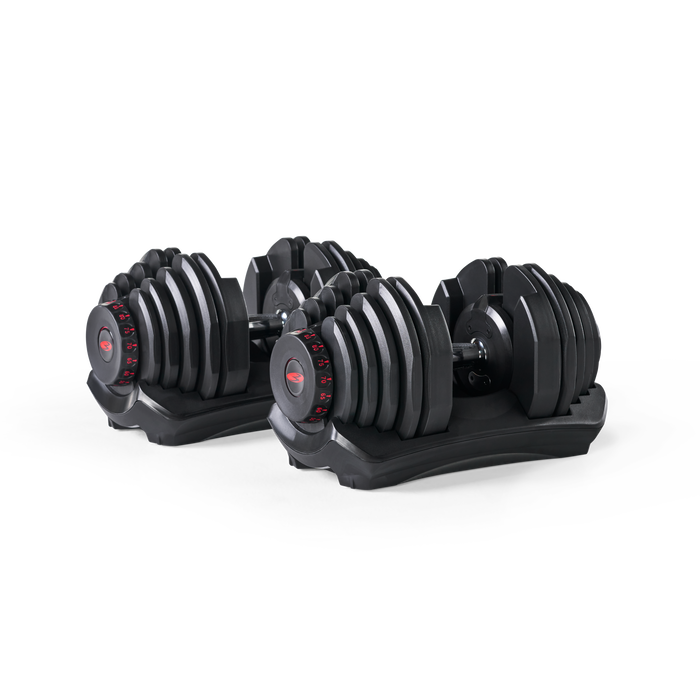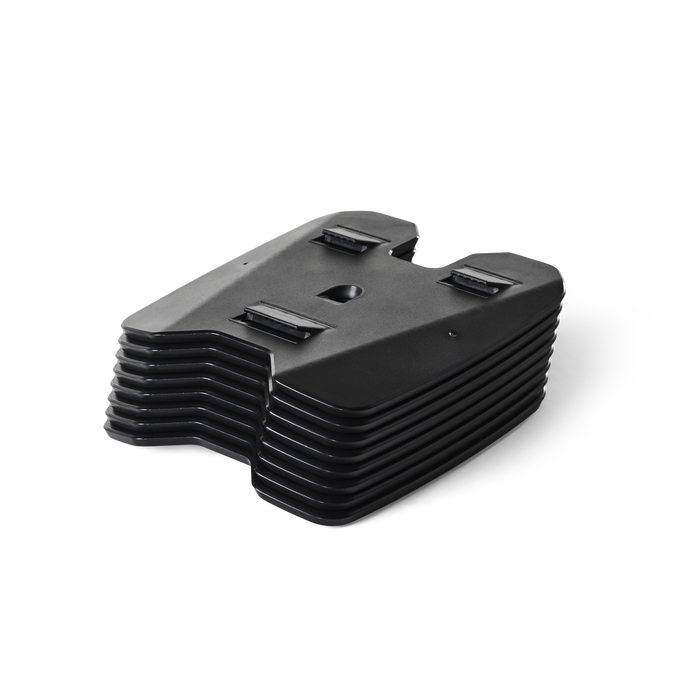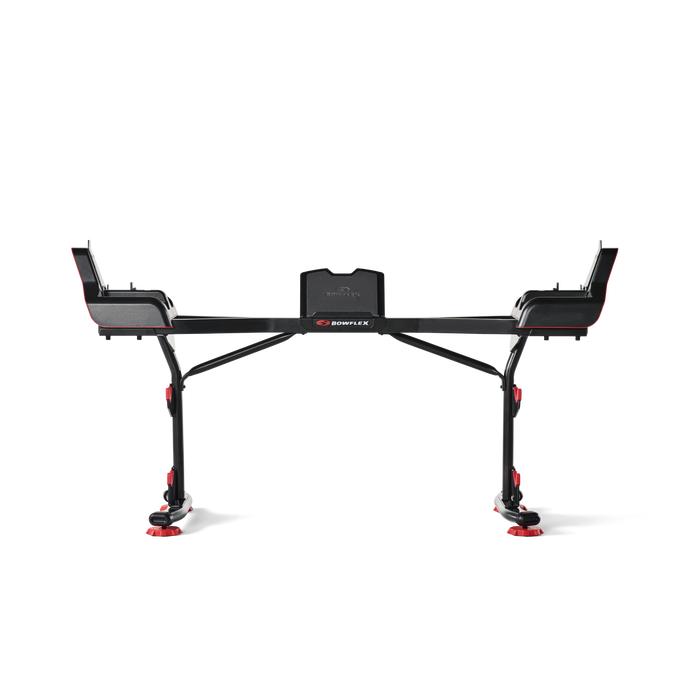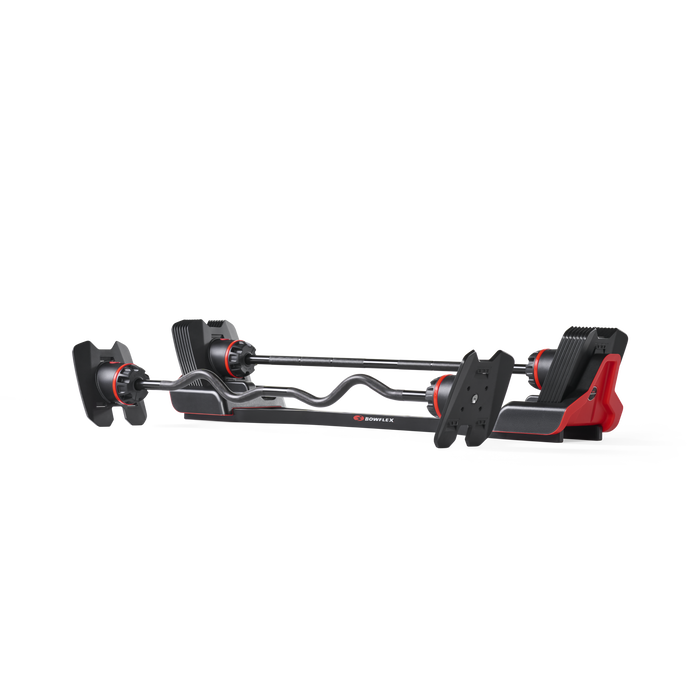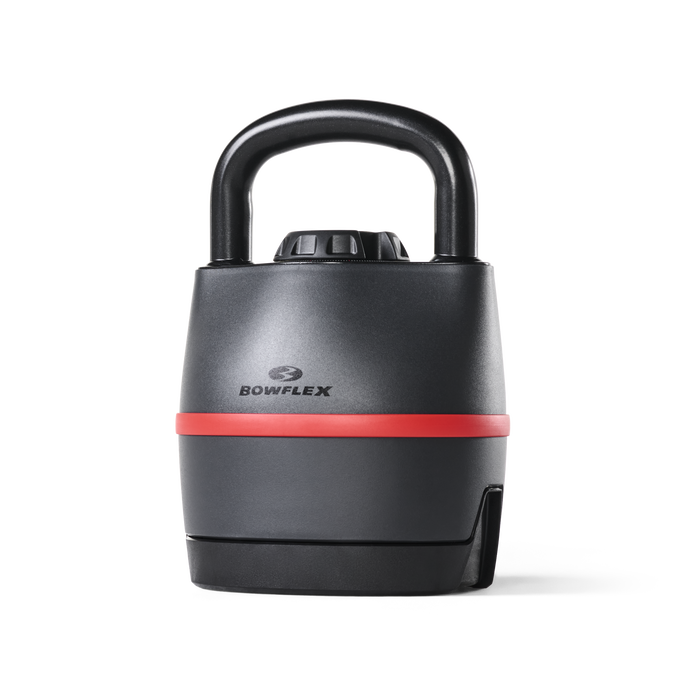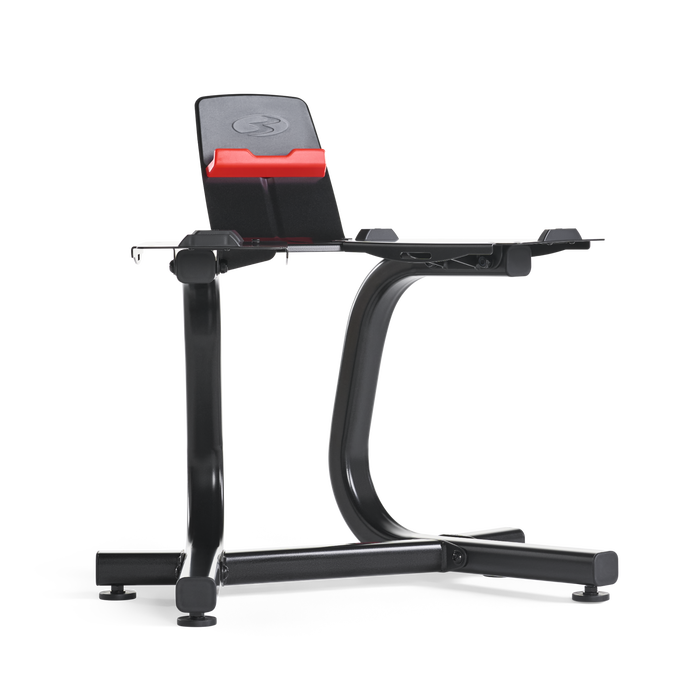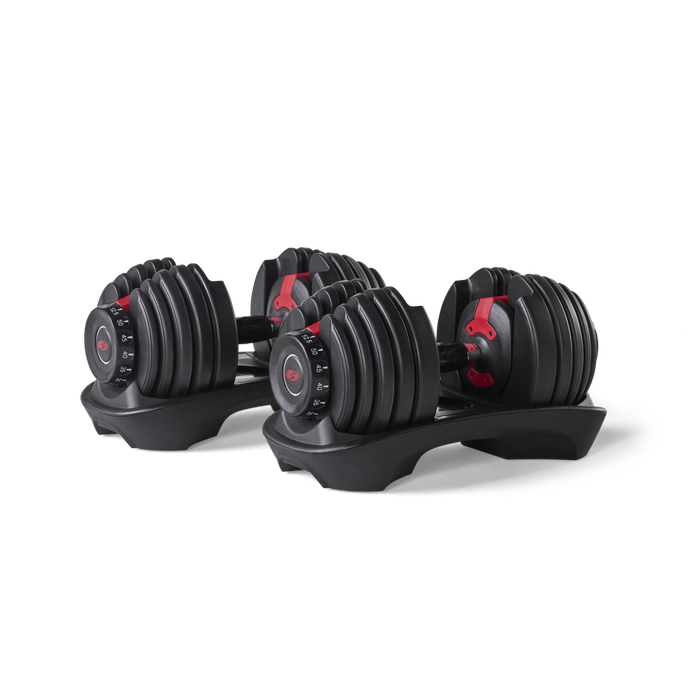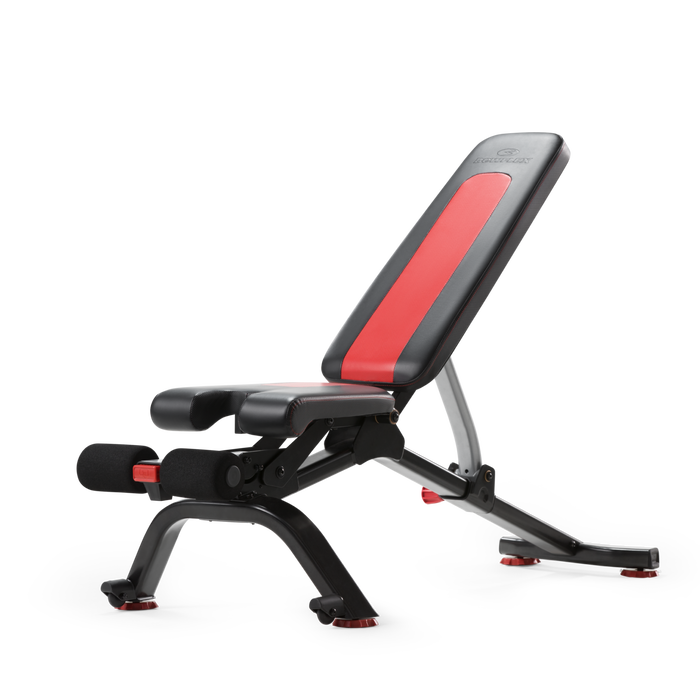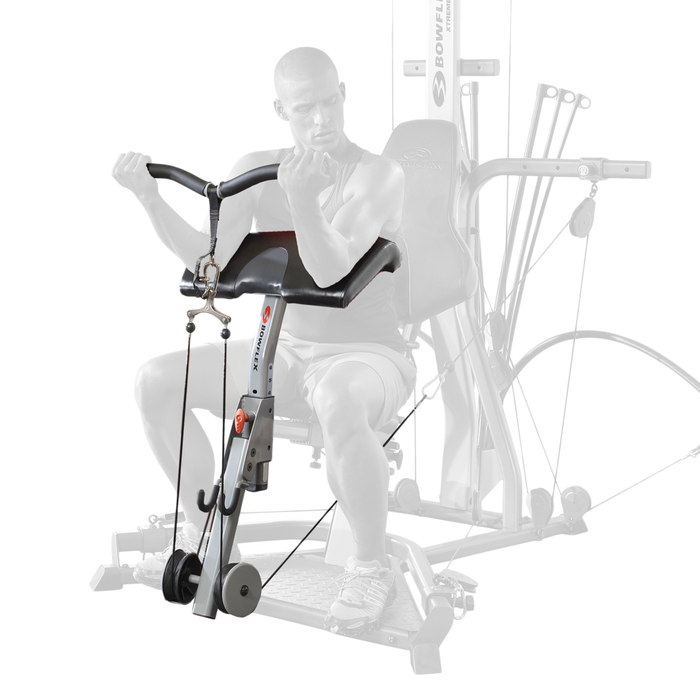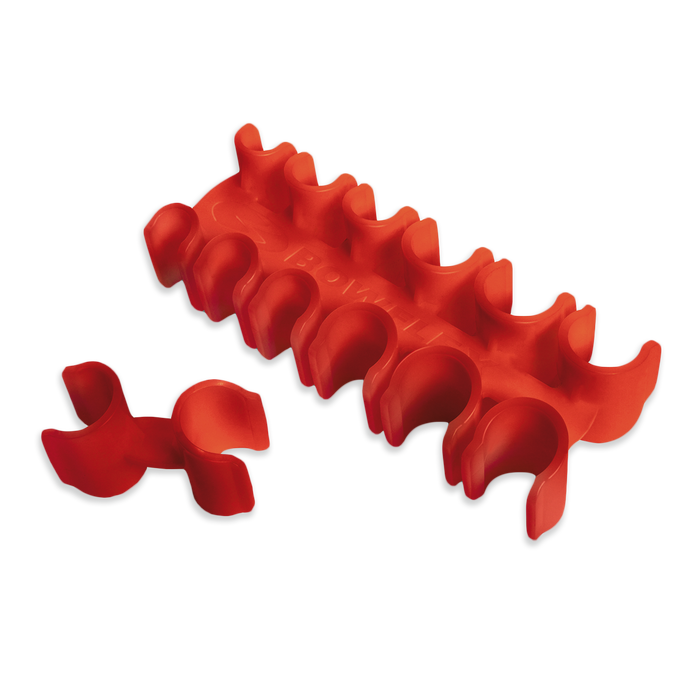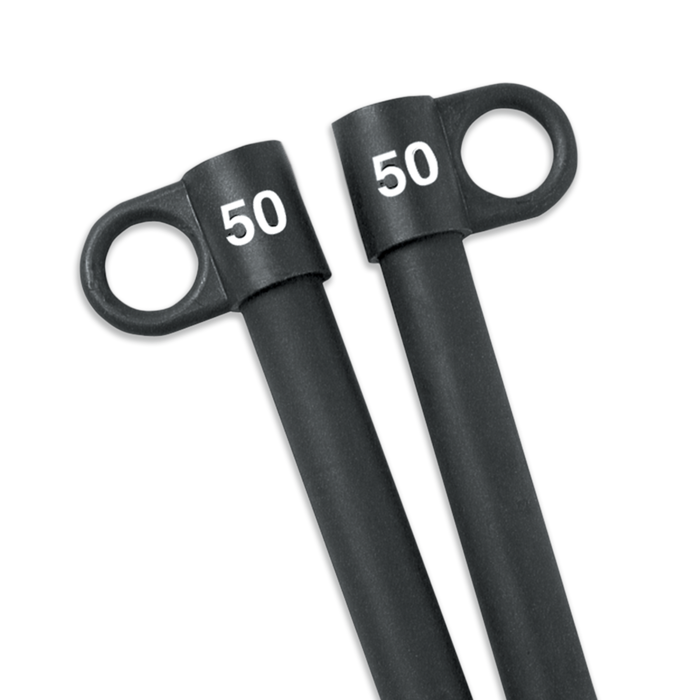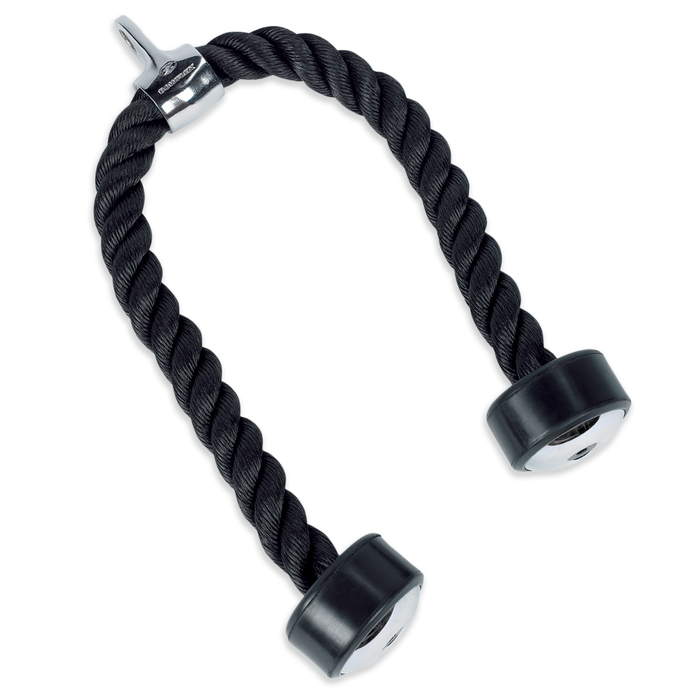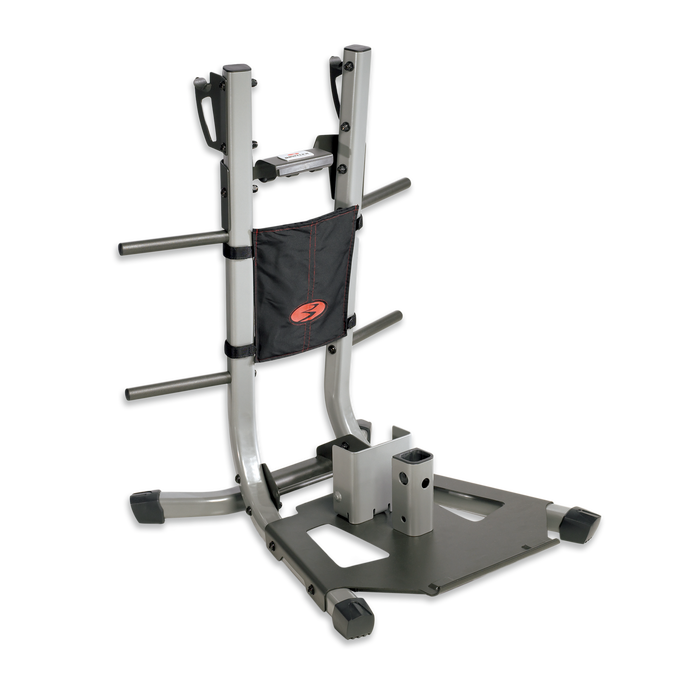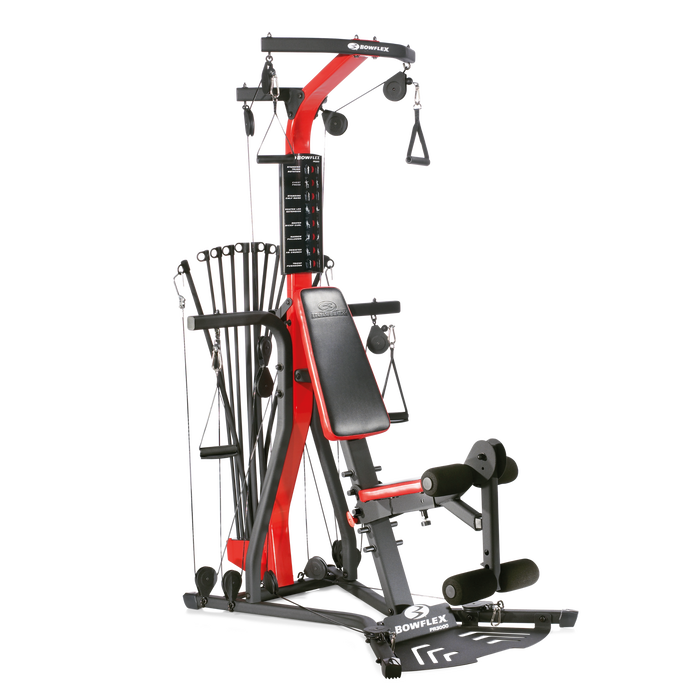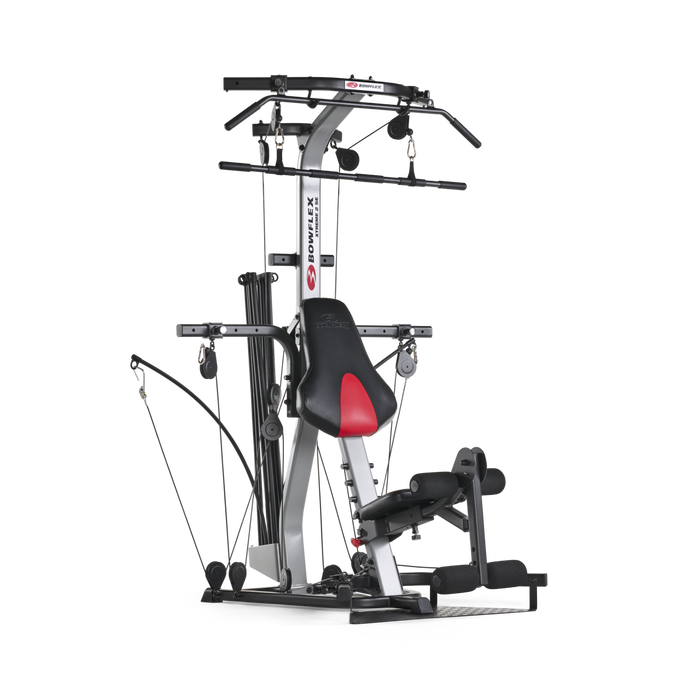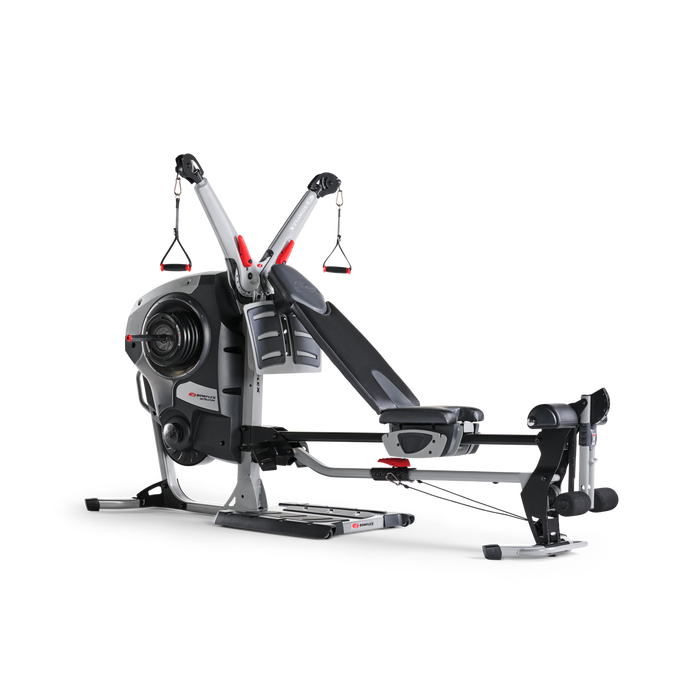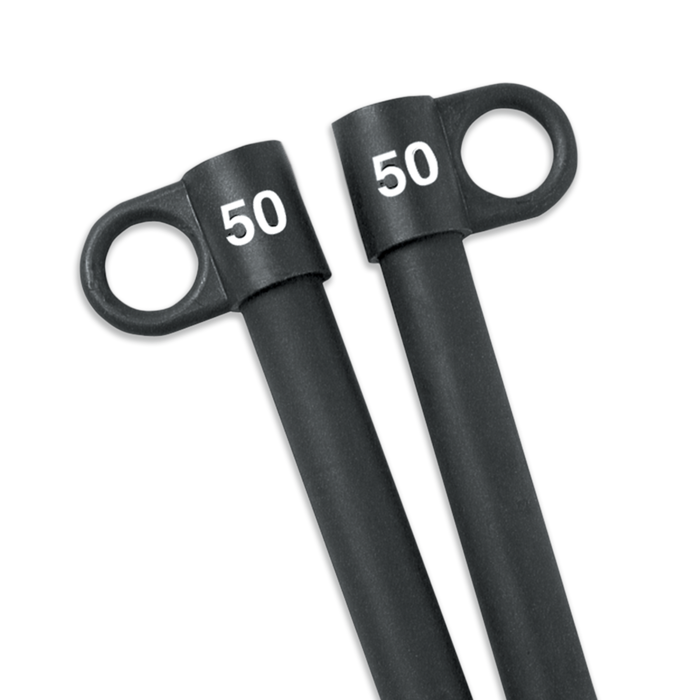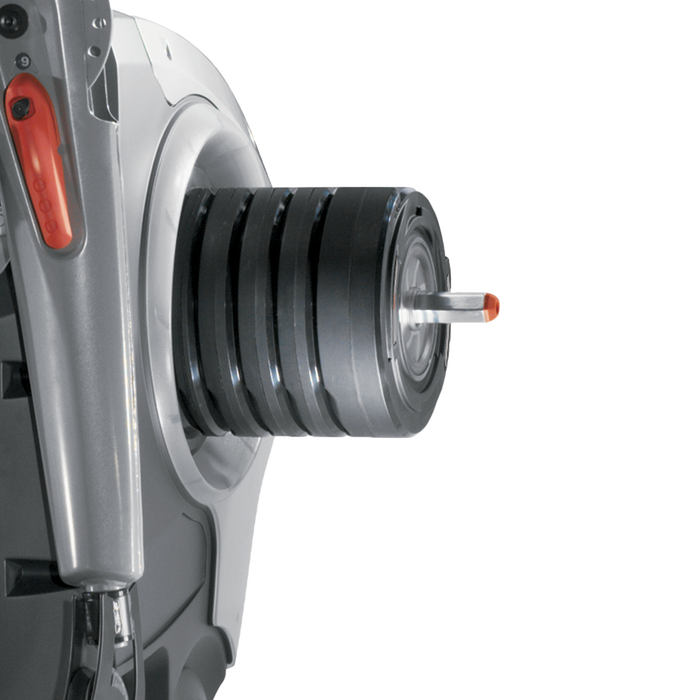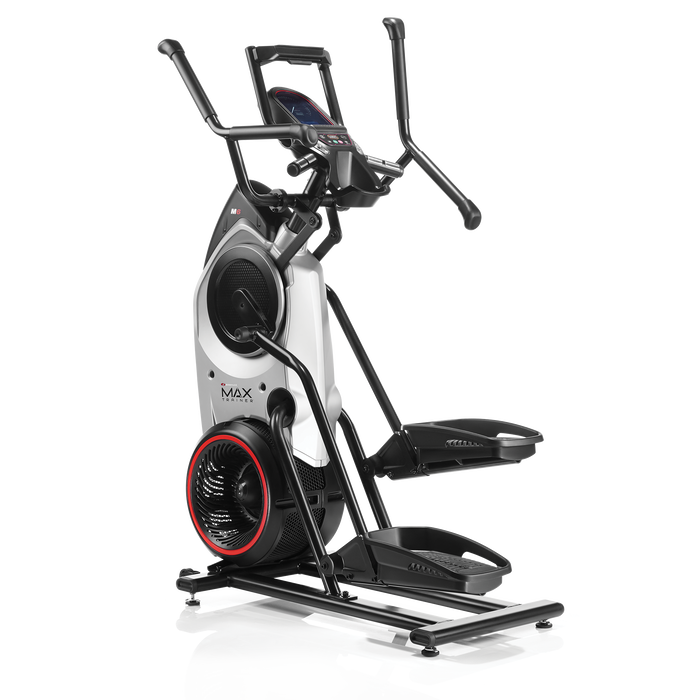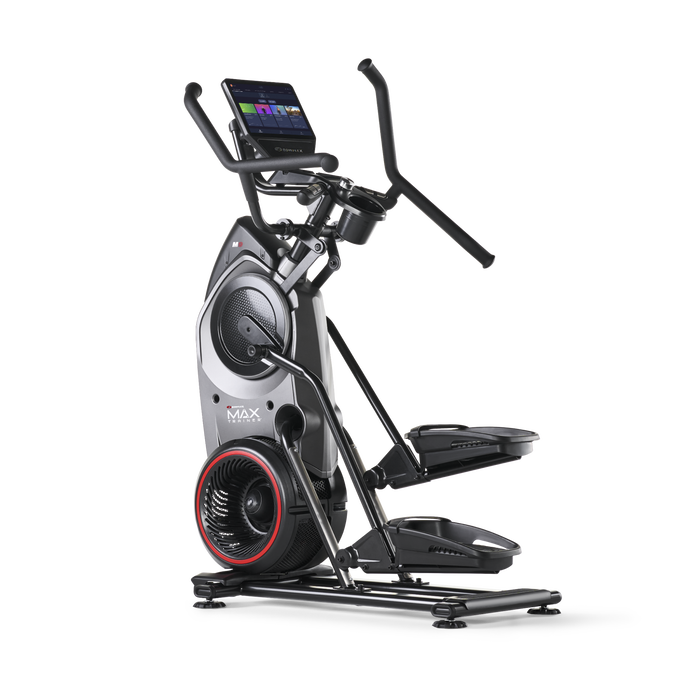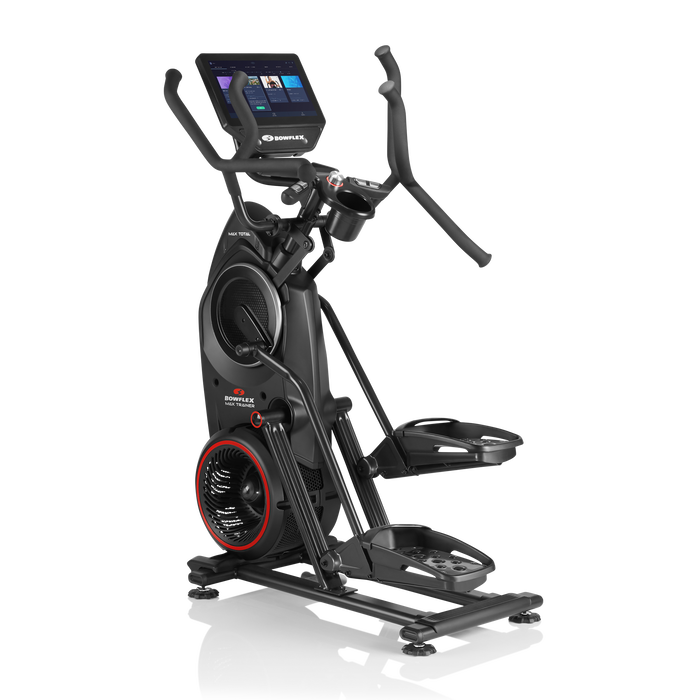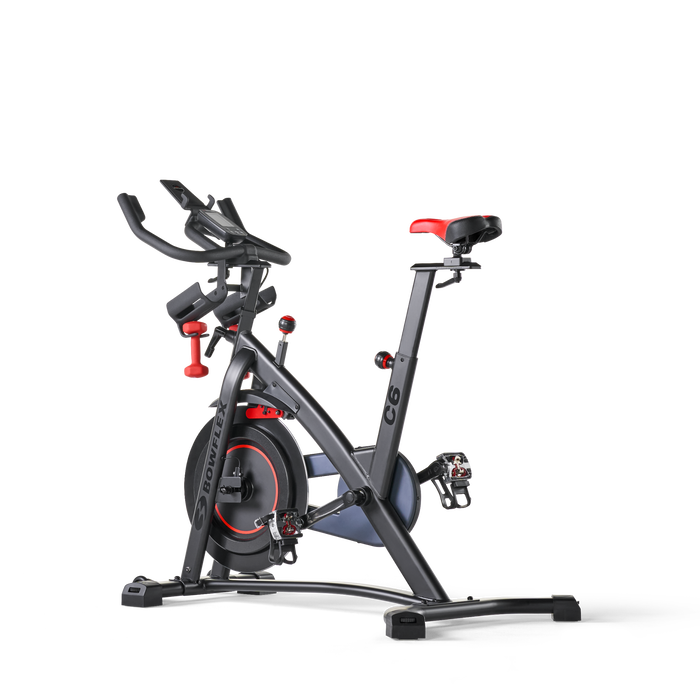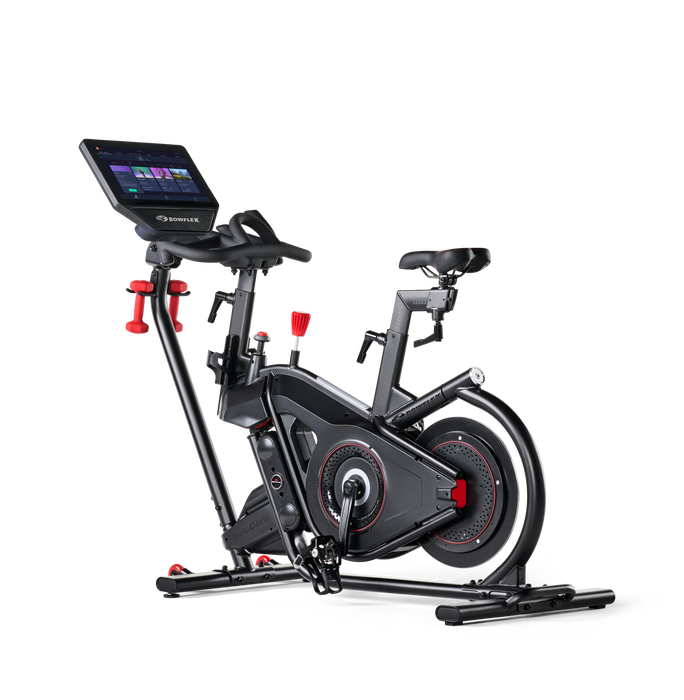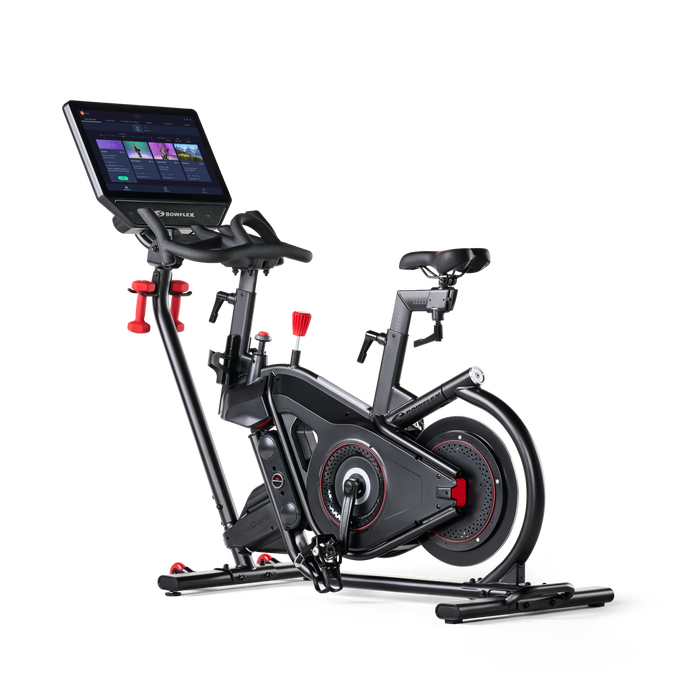The Importance of Breathing While Working Out

When it comes to your emotional, mental and physical well-being, you may be surprised to learn that there is one involuntary activity, that when used properly, impacts your entire body.
Breathing – which happens about every second of every day and night – is something many of us take for granted. However, breathing is key to caring correctly for the body. You are likely aware that research has shown that thoughtful breathing can help reduce stress, and help with being more present and mindful. However, it is less known that breathing can also help to maximize the benefits of exercise. Cognizant breathing techniques help to improve blood circulation and assist your muscles in producing less carbon dioxide, which in turn increases the oxygen levels in your body and improves performance.
It can be very difficult to focus on your breathing while exercising, especially if you only think about it when you are gasping for air during a high intensity workout. By following these tips on how to breathe during exercise, you will be better able to maximize the benefits of your workouts.
- Use Both Air Passages: It’s natural to breathe out of your mouth while completing high-intensity workouts. However, it is actually your nasal passage that supports the respiratory system. By inhaling through your nose, you create more oxygen for the active tissues. On the other hand, breathing solely through your mouth can lead to hyperventilation due to a lack of oxygen. For a general rule of thumb, inhale through the nose and exhale out the mouth. Check out this video to learn the best breathing techniques for high-intensity cardio workouts, like running!
- Breathe Deeper: Short quick breaths make your body work harder for the same amount of oxygen that it can get from one deep breath. Save energy by focusing on receiving meaningful amounts of air with each breath you take.
- Don’t Forget to Exhale: There can be a tendency to hold your breath as you complete those final reps of a workout. However, holding your breath increases your blood pressure, which can cause dizziness, nausea and in the worst cases, a heart attack. Instead, when you find yourself needing additional motivation, focus on moderating your breath. This will relax your body and help you to find that additional strength to finish your workout. As a bonus tip, if you find yourself still struggling to breathe in these last efforts, try counting your reps out loud.
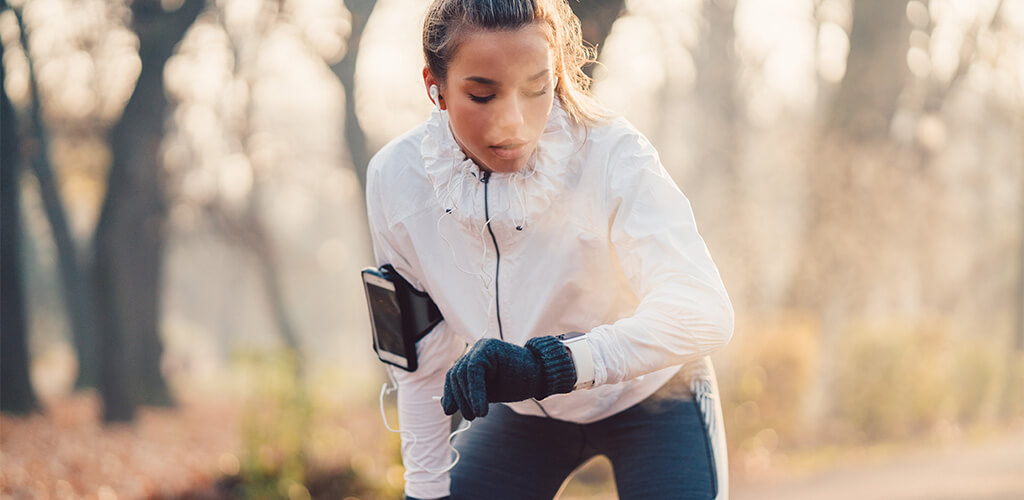
- Match the Breath to Your Moments: As a workout progresses, it is easy to feel weak, fatigued and careless in form. However, by regulating your breath you can give control back to your body. Some movements, especially in strength training, can be perfectly timed to inhale/exhale breathing patterns. For example, as you lower into a squat, exhale and push all the air out of your lungs. As you start to stand up, inhale and fill yourself back up with air. Timing your breath with your movements will result in better control of your body, which can help to prevent potential injuries.
- Patience: These breathing patterns may not come naturally. It takes time, energy and attention to form a habit. Be patient with yourself and understand that over time your body will become more accustomed to these breathing patterns. In the meantime, pay attention to how your body feels when you complete a workout with better breathing patterns. You may be surprised by how many small things can be improved by better controlling your breath.
Breathing, while involuntary, is something that we all should pay attention to. By establishing good breathing habits while working out, you can set the foundation for overall healthy breathing patterns, which will positively impact all aspects of your well-being.
You may also like
Fit Tip: Stay Safe While Exercising Outside

